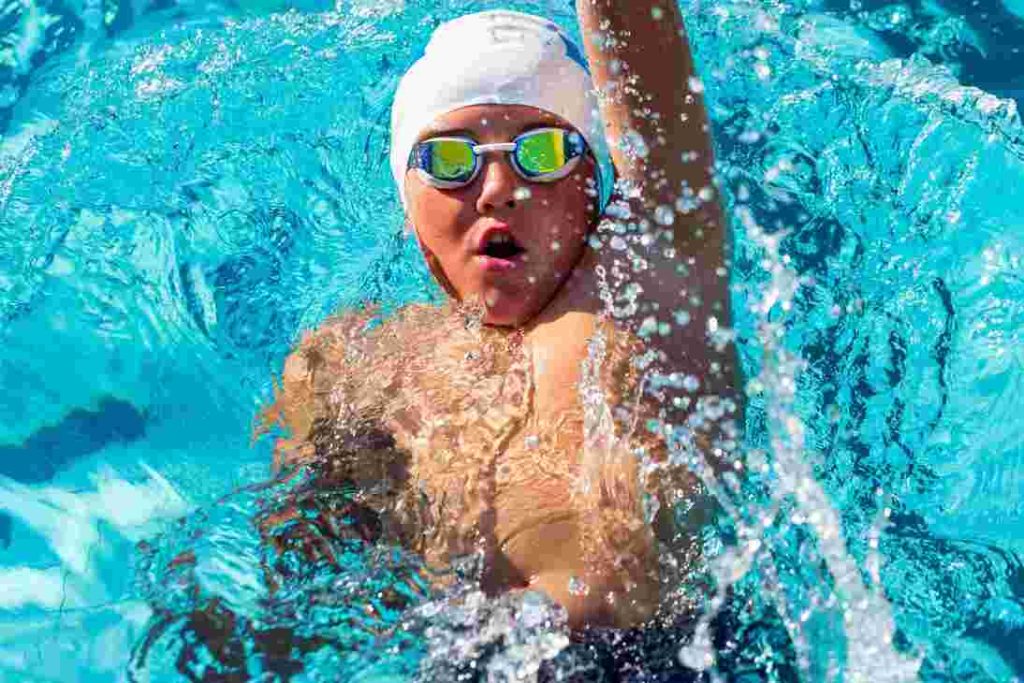Across generations, school sports have been central to education, teaching lessons that last well beyond the classroom. They instil discipline, build friendships, and encourage healthy habits.
What’s changed is the type of sports children play. Traditional team games are no longer the only focus. Swimming has earned its place as both a sport and a crucial life skill.
Early Days of School Sports
When sports first became part of the school timetable, they centred on competition. Football, cricket, athletics, and netball dominated physical education. The aim was clear: to win matches and build school pride. But this left little space for non-traditional activities.
Gymnastics, swimming, or dance were often treated as extras, underfunded and undervalued. Many pupils missed out on opportunities to grow confidence and develop individual skills beyond the big team games.
Rise of Swimming in Schools
Swimming gradually moved from an optional activity to a core part of physical education. Governments and education authorities began pushing schools to include swim lessons in the curriculum, recognising its importance for wellbeing and survival.
According to the World Health Organization, drowning is the third leading cause of death for children aged 5 to 14. This reality has reinforced the need for swimming to be more than just another subject on the timetable but a practical skill every child should have.
Yet not every school has the facilities or time to provide enough lessons. Many families turn to local providers to fill the gap. If you’re based in North West England, enrolling in Manchester swimming lessons can give your child more structured time in the pool with qualified coaches. These classes help children build water confidence quickly and give parents reassurance about their safety.
Shifts in School Sports Culture
Sports in schools today look very different compared to a generation ago. Schools now aim to include everyone, regardless of skill level. The rise of inclusive activities, from yoga to cycling, shows how the culture has shifted.
Swimming fits neatly into this approach. Every child, no matter their ability, can make progress in the pool. There’s no benching or waiting for your turn. It’s a personal journey, but it also builds a shared sense of achievement when pupils learn together.
Physical and Mental Health Benefits
Swimming has long been praised as one of the best exercises. It offers a range of benefits, including:

- Stronger bodies: Swimming builds muscle strength, improves coordination, boosts cardiovascular health, and reduces the risk of injury compared to many contact sports.
- Improved focus: Practising swimming techniques like stroke rhythm and breathing enhances concentration and mental clarity.
- Reduced stress: Time in the water calms the body and mind, which helps children manage pressure more effectively.
- Better social skills: Group lessons encourage children to support each other, share progress, and form friendships.
With mental wellbeing becoming a priority in schools, swimming stands out as an activity that balances physical fitness with emotional stability.
Challenges Schools Face
Despite the clear benefits, many schools struggle to provide high-quality swimming classes. The most common obstacles include:
- Limited facilities: Pools are expensive to build and maintain, and many schools simply don’t have them.
- Restricted access: Schools that rely on community or leisure centres often face tight schedules and limited water time.
- Shortage of qualified instructors: In some areas, especially rural ones, there aren’t enough trained coaches to meet demand.
These challenges leave some pupils without the swimming proficiency they need and highlight the inequality between schools with access to facilities and those without. The goal of wider access is still a work in progress.
Future of School Sports and Swimming
Looking ahead, schools are likely to continue reshaping their approach to sports. The aim is to give pupils opportunities that support their overall development, both in and out of the classroom. Swimming will remain central to this. In fact, many education authorities have set targets to ensure that all pupils can swim at least 25 metres before leaving primary school.
The next shift is in how schools deliver these opportunities. Technology is starting to play a role, with digital fitness trackers and virtual coaching being tested alongside traditional lessons. Sustainability is another focus, as schools explore greener ways to build and operate swimming pools. Together, these changes suggest a future defined by innovation, collaboration, and long-term impact.
Conclusion
School sports have moved from a narrow focus on competition to a wider commitment to development. Swimming has become an important part of this shift, valued as both a sport and a life skill. Alongside water safety, it brings health benefits and confidence that reach far beyond the pool. As schools continue to adapt, it will remain one of the activities that supports healthier and more resilient young people.
Leave a Reply Cancel reply
You must be logged in to post a comment.